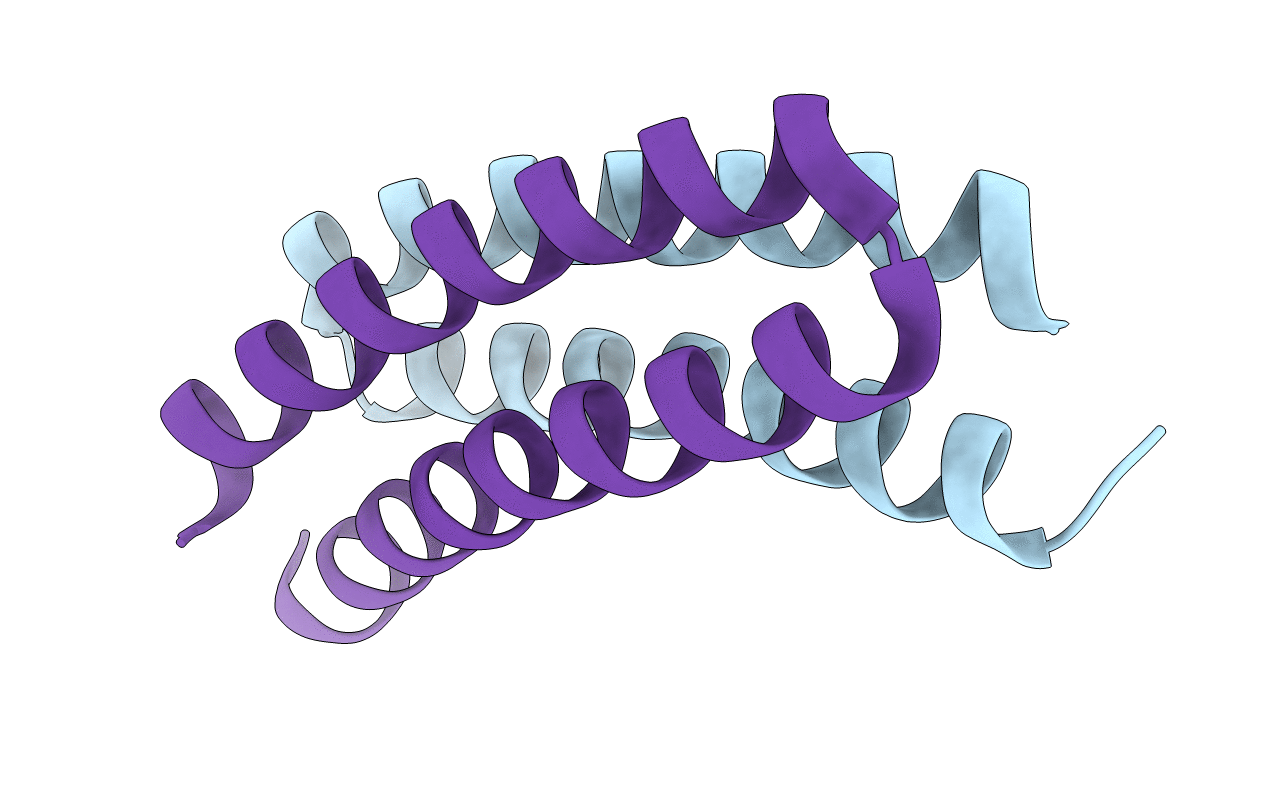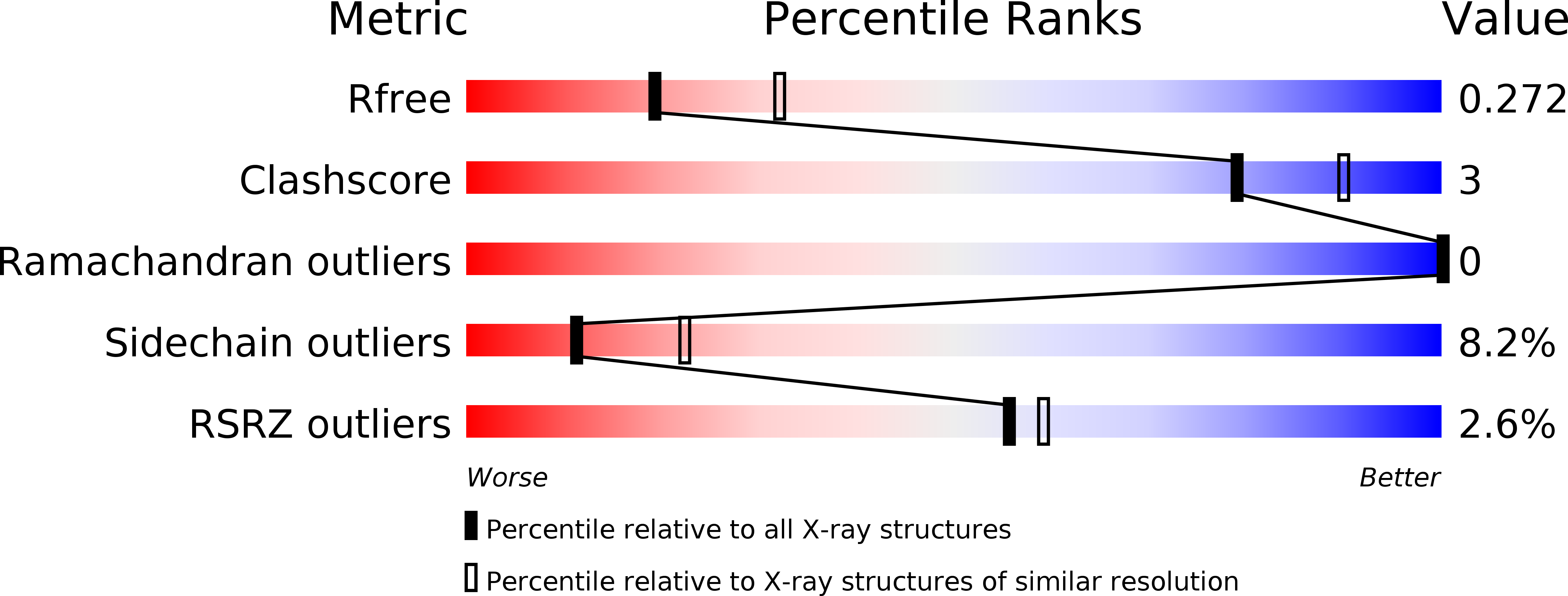
Deposition Date
2006-03-28
Release Date
2006-05-30
Last Version Date
2023-10-25
Method Details:
Experimental Method:
Resolution:
2.50 Å
R-Value Free:
0.26
R-Value Work:
0.17
R-Value Observed:
0.17
Space Group:
C 1 2 1


